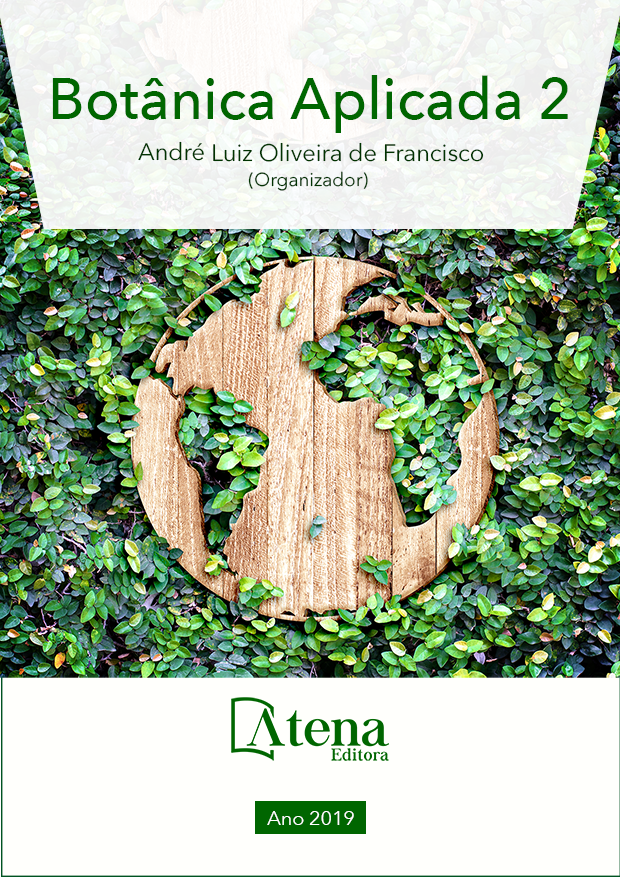
BRIOFLORA DA SERRA DA MERUOCA, CEARÁ, BRASIL
As briófitas são amplamente
distribuídas no Brasil, ocorrendo com cerca de
1560 espécies. A brioflora cearense ainda é
pouco conhecida, pois a maioria dos trabalhos
para o estado abrange as angiospermas. O
estudo foi realizado na Serra da Meruoca, um
maciço residual úmido caracterizado por sua
altitude com vegetação de Caatinga em suas
vertentes. Se encontra aproximadamente a
224 km da capital Fortaleza, abrangendo os
municípios de Meruoca, Alcântaras, Massapê
e Sobral. Foram identificadas 17 espécies,
sendo 12 musgos e cinco hepáticas. As famílias
mais representativas foram: Sematophyllaceae
e Brachytheciaceae para os musgos e
Lejeuneaceae para as hepáticas. Os substratos
mais representativos foram corticícolo e
rupícolo, para os musgos, e rupícolo para
hepáticas. Prionolejeunea scaberula (Spruce)
Steph., Potamium lonchophyllum (Mont.) Mitt.
e Meteorium nigrescens (Hedw.) Dozy & Molk.
são novos registros para o estado do Ceará.
Zelometeorium ambiguum (Hornsch.) Manuel,
Micropterygium lechleri Reimers e Cephalozia
frondiformis (Spruce) Spruce são novas para a
região nordeste. Os resultados adicionam novas
informações quanto a distribuição de briófitas
no estado do Ceará e Brasil, demonstrado o
potencial de riqueza de espécies no estado
ainda por ser estudado.
BRIOFLORA DA SERRA DA MERUOCA, CEARÁ, BRASIL
-
Palavras-chave: Musgos, Hepáticas, Florística.
-
Keywords: Mosses, Hepatics, Floristic
-
Abstract:
The bryophytes are widely
distributed in Brazil, occurring with about 1560
species. The Ceará state bryoflora is still little
known, since most researches for the state cover
the angiosperms group. The study was carried
out in Serra da Meruoca, a humid residual
mass characterized by its altitude with Caatinga
vegetation in its slopes. It is approximately 224
km from the capital Fortaleza, encompassing
the municipalities of Meruoca, Alcântaras,
Massapê and Sobral. Seventeen species were
identified, of which 12 were mosses and five
were hepatic. The most representative families
were: Sematophyllaceae and Brachytheciaceae
for mosses and Lejeuneaceae for hepatic. The most representative substrates were
corticicolous and rupicolous, for mosses, and rupicolous for hepatic. Prionolejeunea
scaberula (Spruce) Steph., Potamium lonchophyllum (Mont.) Mitt. and Meteorium
nigrescens (Hedw.) Dozy & Molk. are new records for the state of Ceará . Zelometeorium
ambiguum (Hornsch.) Manuel, Micropterygium lechleri Reimers and Cephalozia
frondiformis (Spruce) Spruce are new to the northeast region. The results add new
information on the distribution of bryophytes in the state of Ceará and Brazil, showing
the potential of species richness in the state still to be studied.
-
Número de páginas: 15
- GILDENE MARIA CARDOSO DE ABREU


